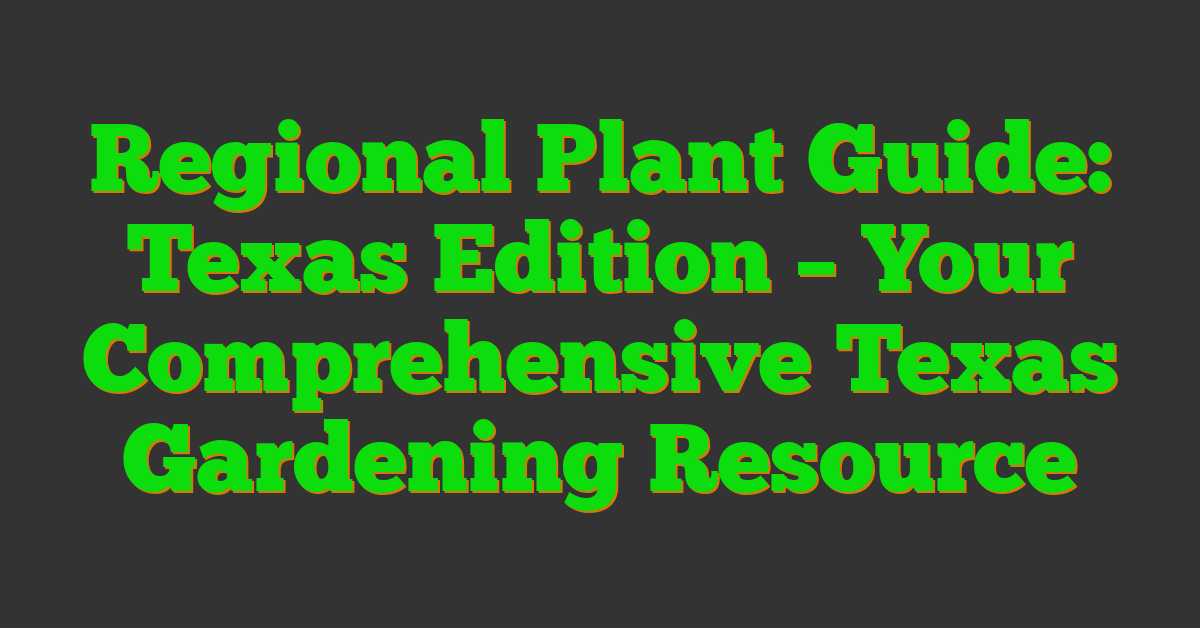Imagine stepping into your own serene oasis, right in your backyard. Creating a hardscape meditation space allows you to find peace and tranquility without leaving home. I’ve found that blending elements like stone pathways, water features, and carefully selected plants can transform any outdoor area into a perfect retreat.

With just a few thoughtful touches, you can design a space that invites relaxation and mindfulness. Whether you’re new to gardening or a seasoned pro, building your own meditation haven is both rewarding and achievable. Let’s explore how you can craft a hardscape meditation space that reflects your personal style and brings calm to your daily life.
Benefits Of A Hardscape Meditation Space
Creating a hardscape meditation space offers several advantages that enhance my practice and outdoor environment.
- Durability: Hardscape materials withstand various weather conditions, ensuring my meditation area remains intact year-round.
- Low Maintenance: Unlike softscapes, hardscapes require minimal upkeep, allowing more time for meditation.
- Enhanced Tranquility: Solid structures reduce noise pollution and environmental distractions, fostering a peaceful atmosphere.
- Customization: Hardscapes provide design possibilities, enabling me to tailor the space to my personal preferences.
- Sustainability: Using sustainable materials minimizes environmental impact, aligning my meditation practice with eco-friendly values.
- Safety: Stable surfaces prevent tripping hazards, creating a secure environment for my meditation sessions.
- Aesthetics: Well-designed hardscapes add visual appeal, creating a harmonious balance between functionality and beauty.
Planning Your Meditation Area
Creating a functional meditation space starts with careful planning. I focus on selecting the perfect location and understanding the space requirements to ensure a tranquil environment.
Choosing The Right Location
I evaluate different areas in my backyard to find a spot with minimal noise and maximum privacy. South-facing sections receive ample sunlight, enhancing the space’s warmth. Proximity to existing structures, like my home, ensures easy access while maintaining seclusion. Additionally, natural features such as trees or water sources contribute to a calming atmosphere.
Determining Space Requirements
I measure the available area to accommodate essential elements like seating, pathways, and water features. Typically, a 10×10 square foot space provides enough room for a bench and small garden. I consider clearances around each feature to allow free movement and prevent clutter. Planning for future additions, such as lighting or decorative stones, ensures the space remains adaptable and functional.
Selecting Hardscape Materials
Choosing the right materials sets the foundation for a serene meditation space. I focus on durability, aesthetics, and functionality to create a lasting retreat.
Stone Types
I select stone types based on their natural beauty and resilience:
- Flagstone: Offers a flat surface ideal for seating areas and pathways.
- Gravel: Enhances drainage and adds a soft, natural texture to the space.
- Slate: Provides a smooth, dark surface that complements surrounding greenery.
- River Rock: Adds visual interest and a calming element near water features.
Each stone type contributes uniquely to the ambiance and practicality of the meditation area.
Pavers And Pathways
Pathways guide movement and enhance the space’s flow. I consider the following when choosing pavers:
- Concrete Pavers: Durable and available in various shapes and colors, perfect for custom designs.
- Natural Stone Pavers: Blend seamlessly with the environment, offering a timeless look.
- Permeable Pavers: Promote water drainage, reducing runoff and maintaining a natural feel.
I arrange pavers to form clear, meandering paths that invite exploration and mindfulness.
Designing The Layout
I outline the layout to balance functionality and serenity, ensuring each element enhances the meditation experience.
Creating Seating Areas
I select durable seating options like stone benches or weather-resistant cushions to provide comfortable spots for reflection. I position seats near pathways or water features to integrate seamlessly into the space. For a 10×10 square foot area, two seating spots allow free movement around each. Ensuring each seat faces a focal point, such as a fountain or garden view, enhances the meditative ambiance.
Incorporating Natural Elements
I incorporate plants, water features, and stone accents to create a harmonious environment. Selecting native plants ensures low maintenance and sustainability, while water features like small fountains add soothing sounds. I use river rock pathways to guide movement and stone sculptures to provide visual interest. Additionally, integrating subtle lighting highlights key areas, extending the usability of the space into the evening.
Enhancing With Lighting And Accessories
Proper lighting transforms my meditation space into a serene retreat during evening hours. I install solar-powered LED lights along pathways to ensure energy efficiency and ease of installation. These lights illuminate the walkway without overpowering the natural ambiance.
Lanterns and string lights add a soft glow around seating areas. By placing lanterns on stone benches and draping string lights above, I create a cozy and inviting atmosphere.
Water features benefit from subtle underwater lighting. I use submersible LED lights to highlight fountains or ponds, enhancing the calming sound of flowing water.
Decorative elements personalize the space and deepen the meditative experience. I incorporate:
- Bamboo wind chimes to produce gentle sounds
- Stone sculptures that reflect natural forms
- Outdoor rugs that add texture and warmth underfoot
Functional accessories ensure comfort and practicality. I include:
« 10 Essential Tools for Every Gardener: Boost Your Gardening Success How to Cut Costs on Lawn Care: Expert Tips for a Beautiful, Budget-Friendly Yard »
- Weather-resistant cushions for added seating comfort
- Small storage benches to keep meditation tools organized
- Tarps or umbrellas to provide shade during daytime sessions
By thoughtfully selecting lighting and accessories, I enhance both the functionality and tranquility of my hardscape meditation space.
Maintenance Tips
Maintaining my hardscape meditation space involves several key steps:
- Regular Cleaning: I sweep pathways and seating areas to remove debris, then wash surfaces with mild detergent to prevent algae buildup.
- Water Feature Care: I clean the pump monthly, check for leaks, and replace water periodically to maintain clarity and functionality.
- Manage Weeds and Plants: I trim surrounding plants and remove weeds from between stones to preserve the clean look and prevent overgrowth.
- Inspect Lighting: I ensure all lights function properly, clean fixtures, and replace bulbs as needed to maintain ambiance and safety.
- Seal Stone Surfaces: I apply sealant annually to protect stone from weather damage and stains, extending the life of my hardscape.
- Monitor Structural Elements: I check pathways, benches, and other structures for stability, tightening or repairing as needed to ensure safety.
Conclusion
Creating a hardscape meditation space has been a rewarding journey for me. It’s amazing how simple stones and thoughtful design can transform my backyard into a peaceful sanctuary.
I hope you feel inspired to craft your own retreat. Embrace the process and enjoy the serenity that comes with having your personal oasis. Happy meditating!
















